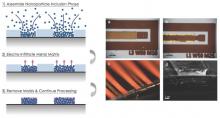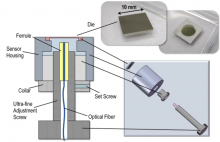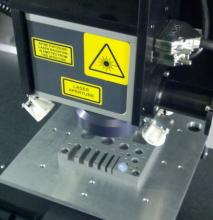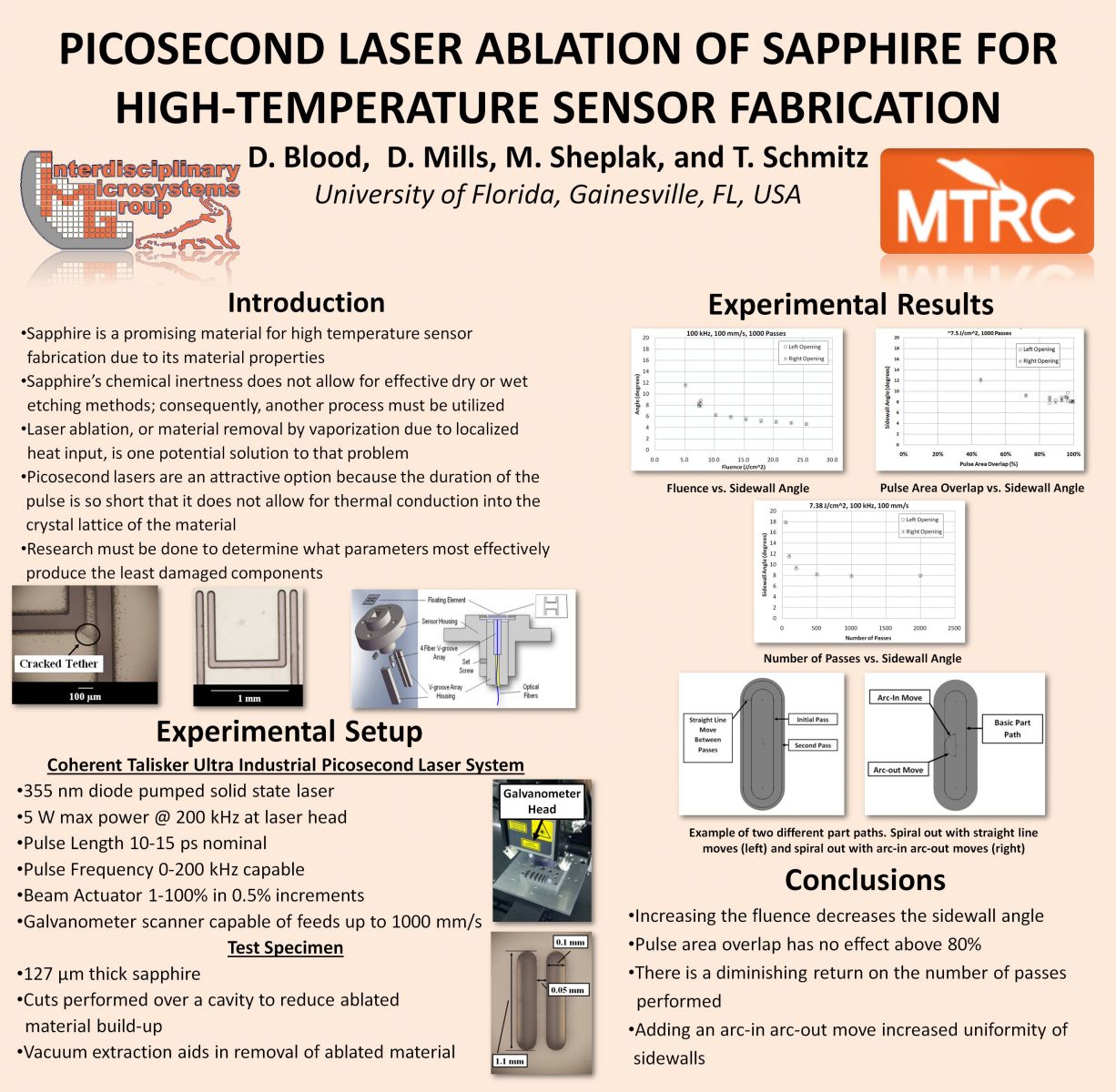Additive microfabrication processes using micro-stereolithography for functional microdevices
The goal of this project is to develop processes that will advance microfabrication technologies using stereolithography as the additive manufacturing (3D printing) method. This project focuses on fabrication of multifunctional devices that are both high resolution (tens of micrometers) and large area (tens of millimeters). The ability to fabricate functional microdevices using 3D printing can enable novel devices in the area of MEMs, sensors, actuators, microrobots, micro-optics, radio frequency, etc.








